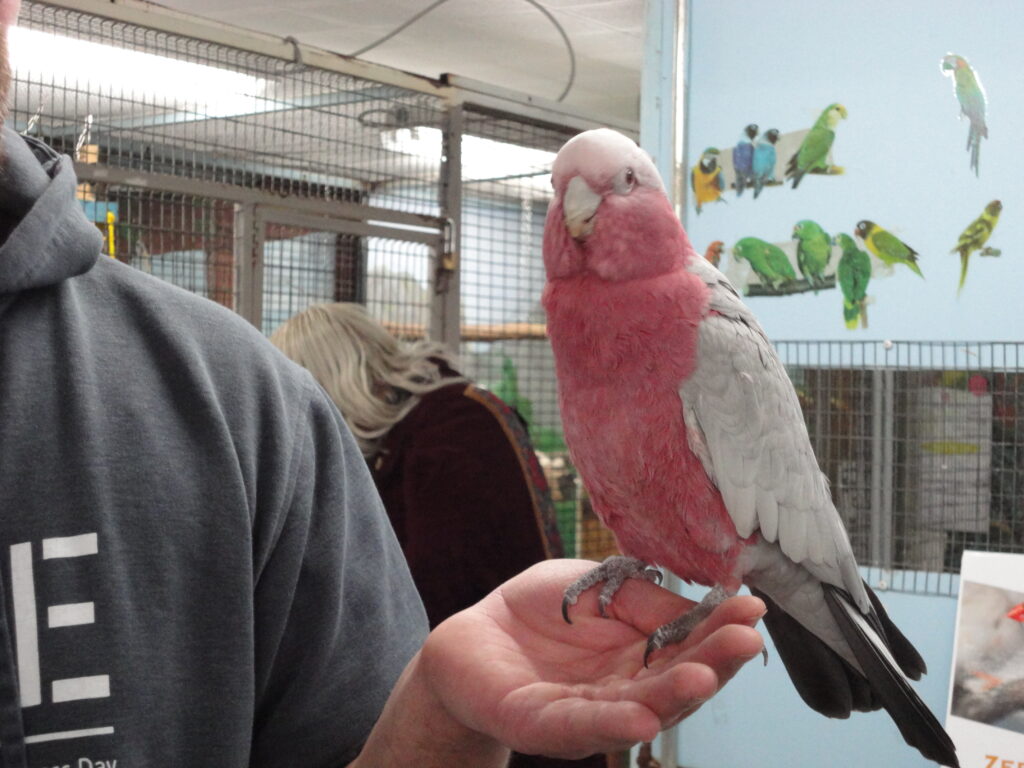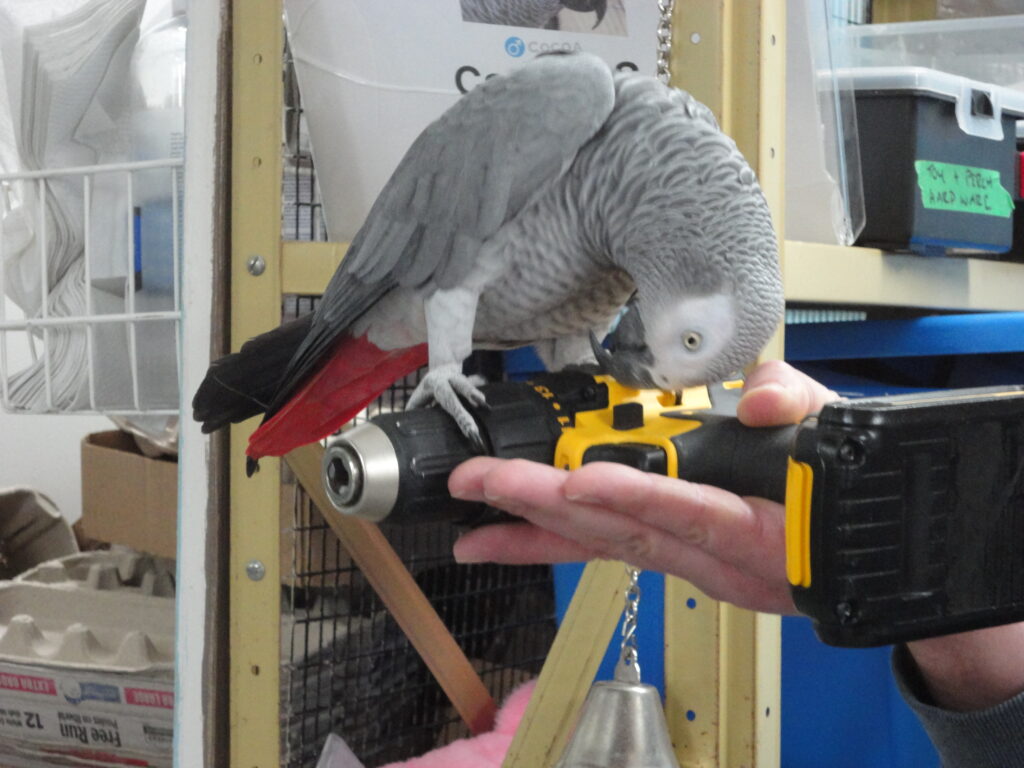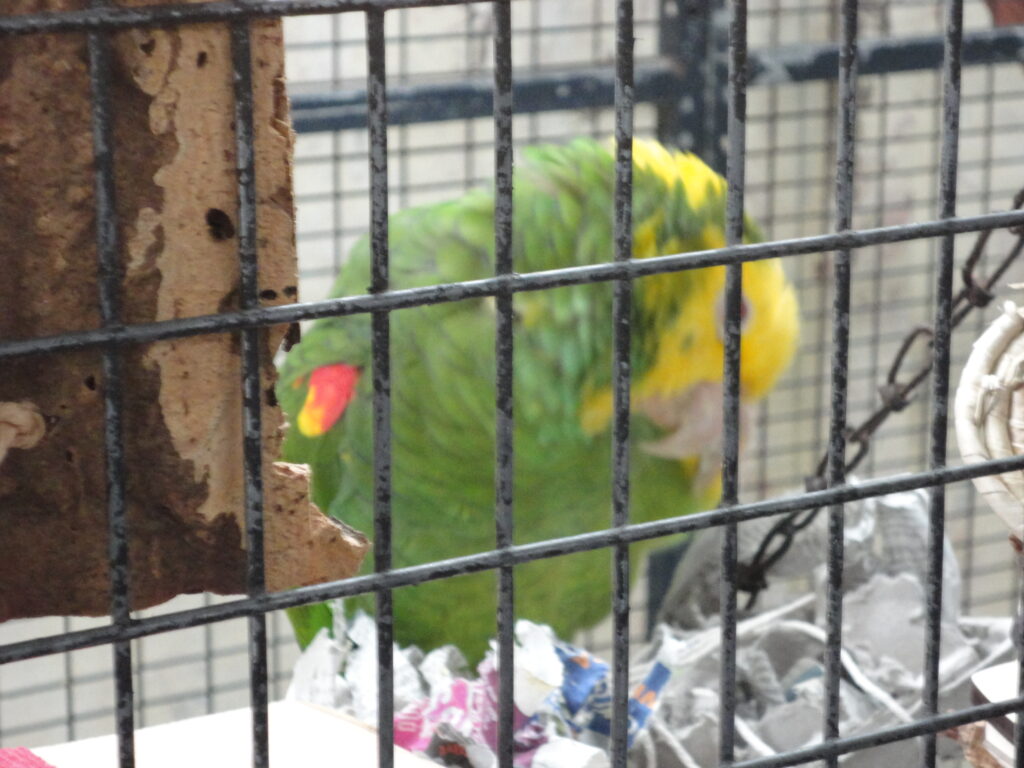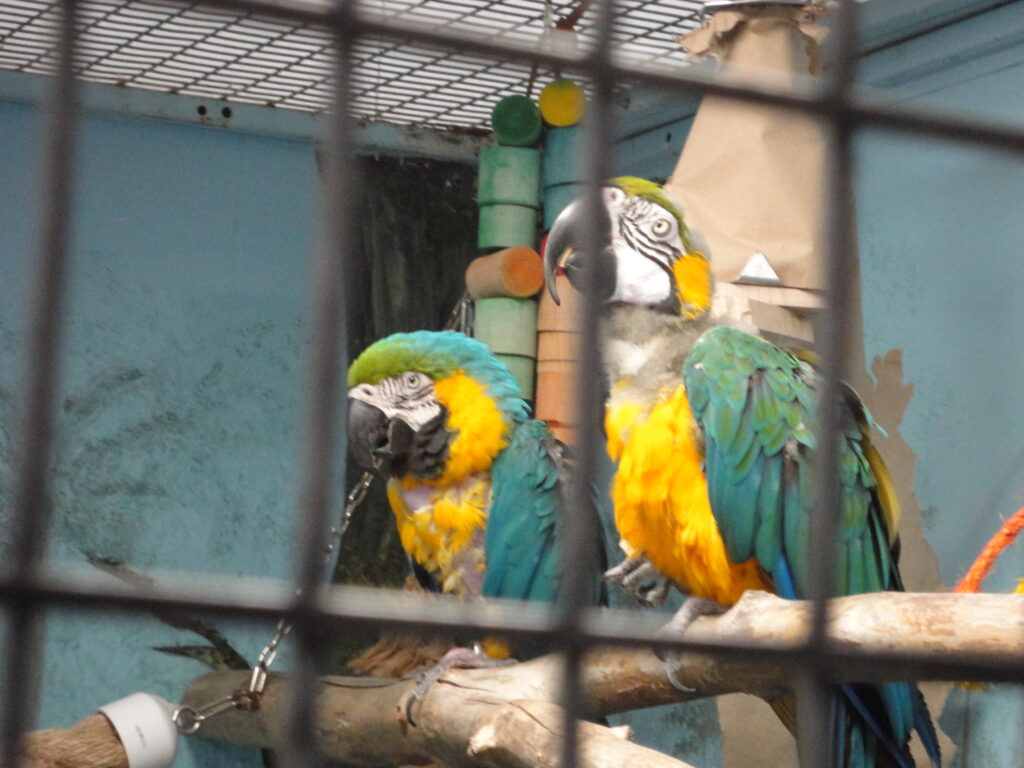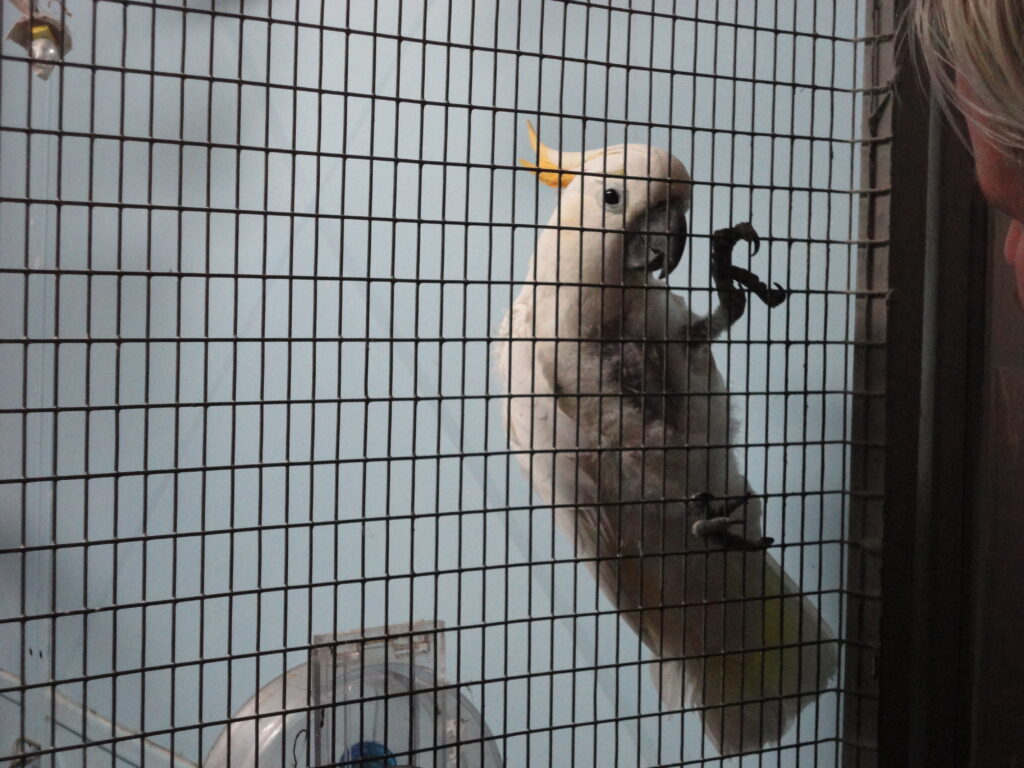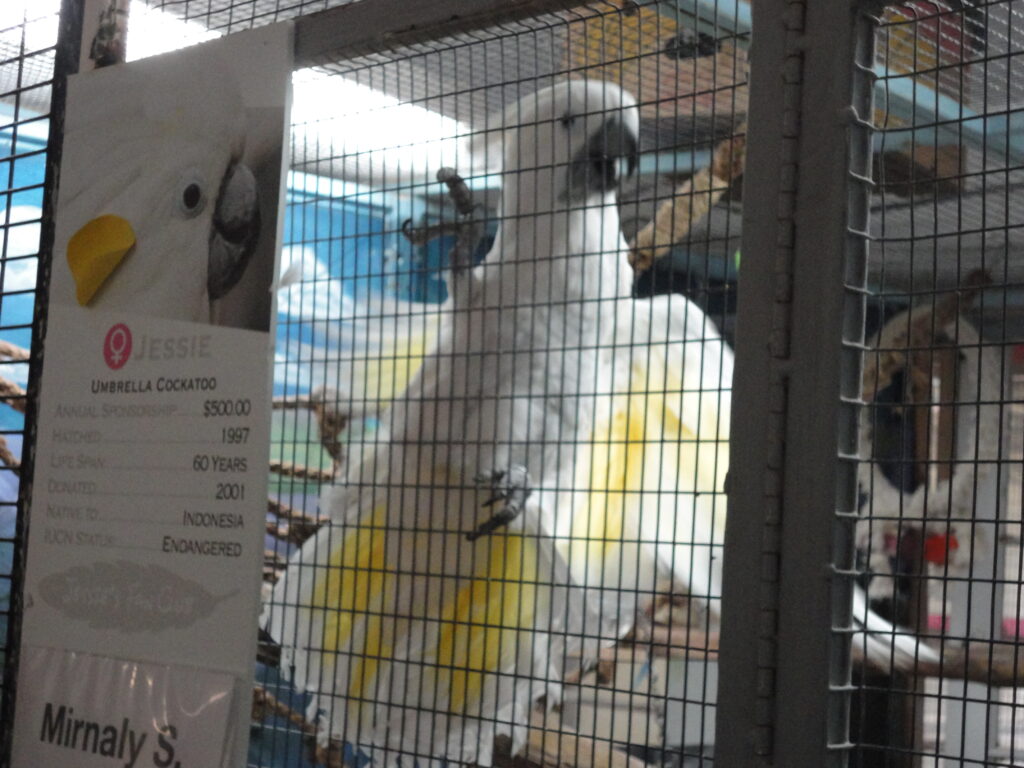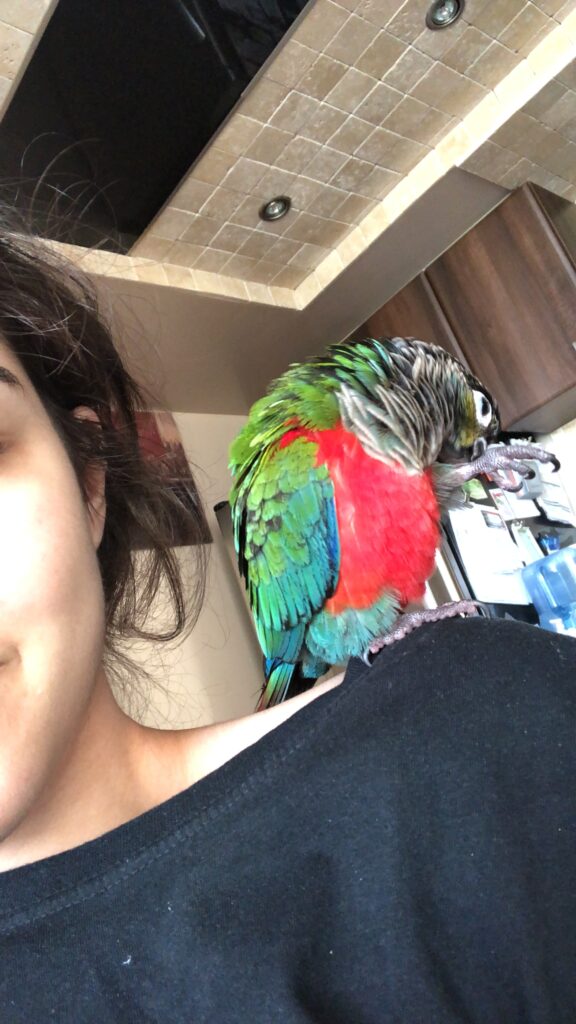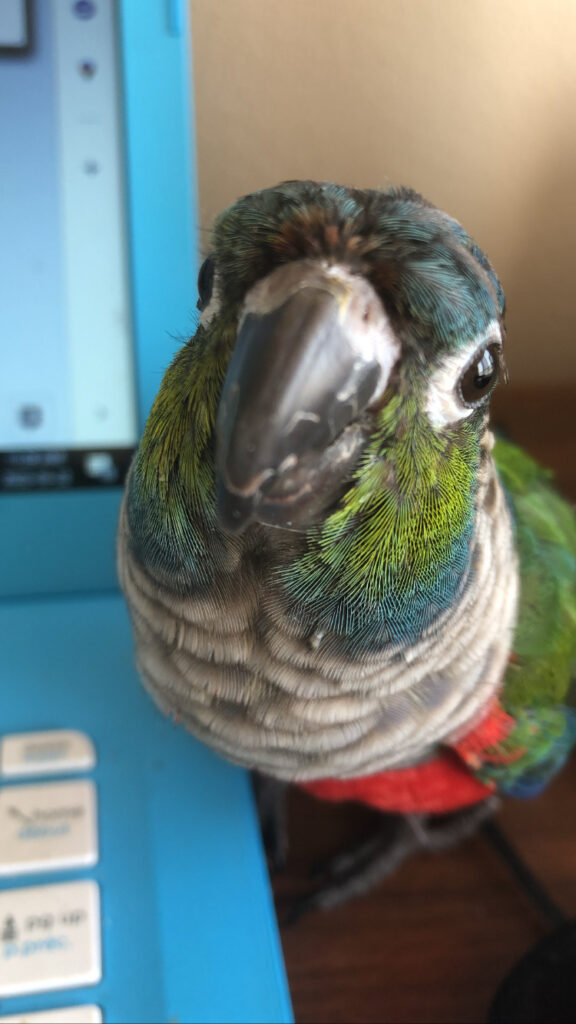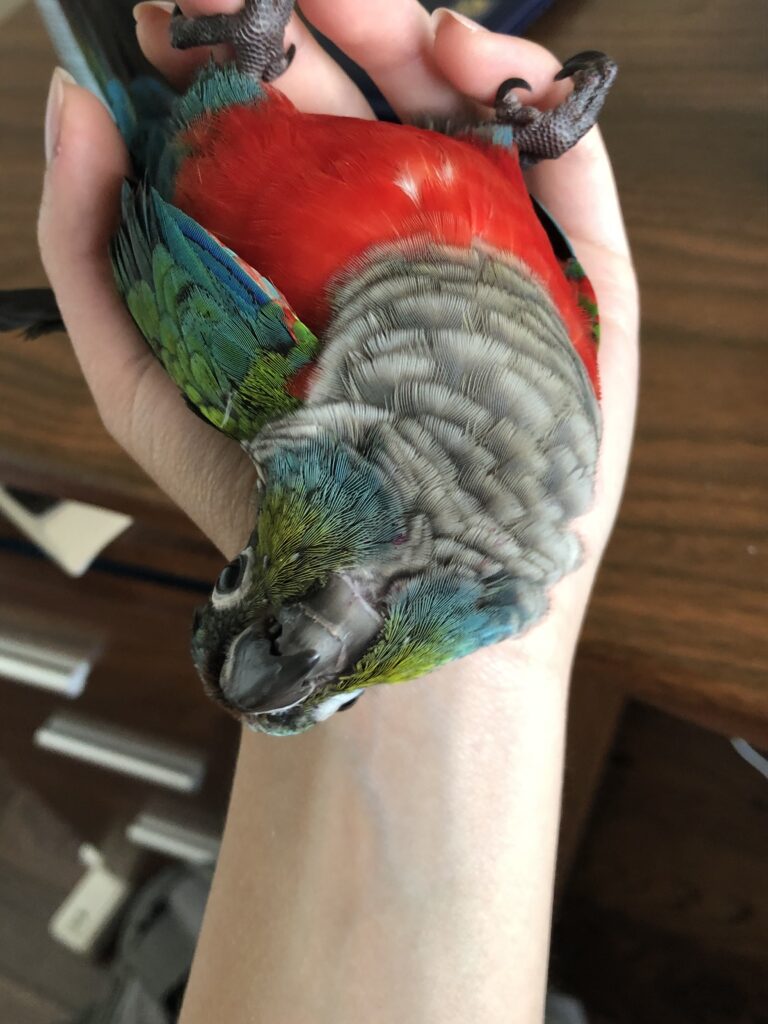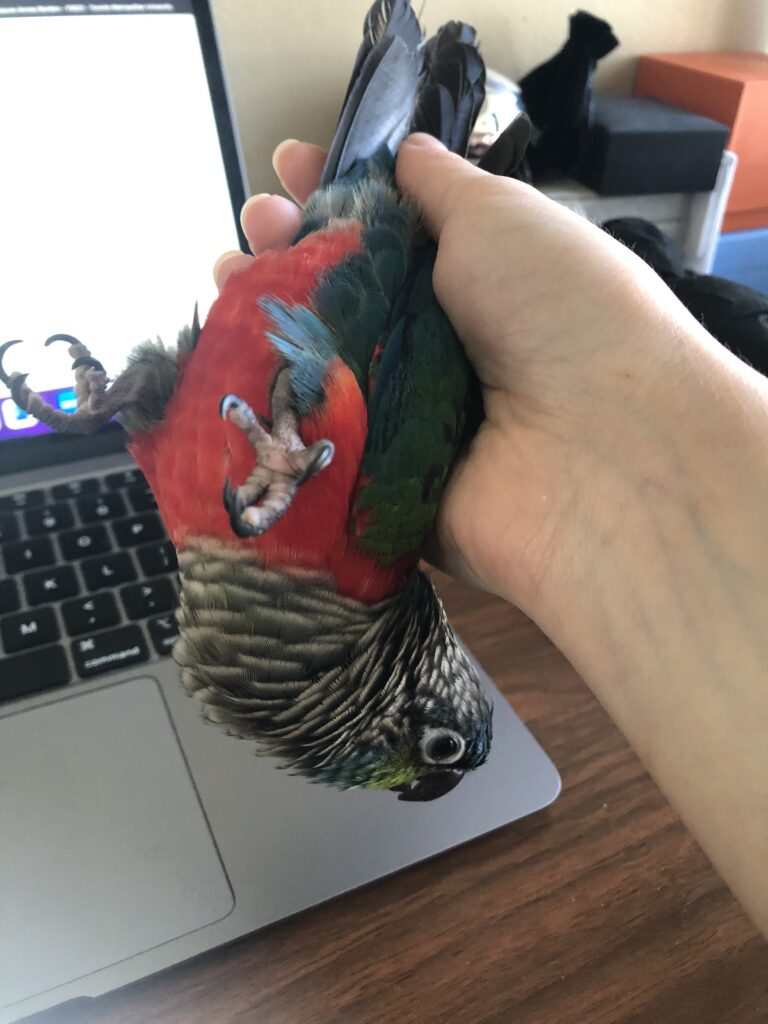By Kayla Gershov
I didn’t realise how early babies usually wake up. I didn’t realise how loud they were.
There was that first morning where the shuffling of feet kept me wide awake. When I checked the clock, it was almost 6. But his feet were already running back and forth.
I wasn’t used to his name yet, or his smell, or the fact that I would be losing my sleep for the next few months as he was growing up. I was stressed – and it was just a parrot.
Charlie appeared to smile at me when I took the blanket off his box. He was happy to finally see me and pooped then and there as if to prove it.
It is one of the greatest memories Charlie had left me. As a first-time parrot owner, I was too stressed to enjoy it.
Needless to say, I did not know what a parrot was. Unique. Sensitive. An almost human-like baby that could outlive you.
There are challenges around having a parrot. Parrots are more so companions, not pets. And that seems to be something many people don’t realise when they think about buying one – you begin to have a different lifestyle, including a new sleep schedule, a constant supply of fresh fruits and vegetables, and – when you do it right – an abundance of patience. At the same time, building a relationship with a parrot is finding a lifelong companion.
But sometimes, they are too sensitive.
With issues in the home – either poor conditions, prolonged isolation, or neglect – parrots can begin self-destructive behaviours. Oftentimes, parrots are seen to be rehomed.
However, there is hope around every corner, and there is help available for parrots.
Friends of the Aviary, a rescue for parrots which has been open for almost 100 years, is Canada’s oldest public aviary. Originally a park zoo, the Hamilton Zoological Society remodelled the Aviary into what it is today using money left from Thomas Gould’s estate in 1927. Since then, it had been taking in parrots who needed a home until they no longer had the resources to. Now the Aviary is focusing on being able to keep their home while facing an eviction notice for October 2024. They say keeping over a dozen rescued parrots is not easy.
“[My parrot] was supposed to be quiet,” says Emily Anne Karges, a board Director at the Aviary. “But he screams, gets sick often and has cataracts.”
Karges volunteers at the non-profit organisation in Hamilton. At home, she has a parrotlet – a smaller, different kind of parrot. She says it’s incredibly difficult to know what to expect when adopting one of your own.
“You have to be really sure,” says Karges. “You don’t want to end up giving one away.”
However, the challenges for parrot owners continue.
“Vet costs can be over 1000 [dollars] per visit,” says Karges. “Then there’s checkups, food, anything we have to replace.”
According to Karges, parrots are social beings, who need constant care and attention. Their daily food consists of dry pellets, fresh fruits, and vegetables (that have to be replaced as they go bad throughout the day) and water. Parrots constantly poop. And they are destructive. They are wild companions.
“It’s so hard to know what to expect,” says Karges. “Body language is totally different from cats and dogs.”
Karges goes on to mention that having a parrot means having financial security and being committed to a complete lifestyle change. “It’s like a toddler that doesn’t grow up.”
But financial security has become a problem for the Aviary. Currently, the city funds the Aviary’s building, as well as vet care. However, in October, that funding will be withdrawn, and the eviction process will begin, meaning that there’s time pressure to find somewhere new to keep the rescued parrots, which will also be difficult to afford. And if that doesn’t happen, the future for the parrots will most likely be foster care and adoption, leaving Karges worried about proper care for the troubled birds.
“There are behaviour issues that you’re not ready for,” says Levi Clemens, a Vice chair at the Aviary. In this case, most likely, Clemens says the organisation will be taking their time to build relationships with eligible people willing to adopt and the parrots.
At the same time, Karges says most people don’t know how to properly handle the feathered companions. Her advice when adopting is actually to start halfway.
“The ideal is to be able to volunteer,” says Karges, in relation to understanding parrots. “Stay out or make a lifestyle change.”
According to the Aviary, parrots are mostly given away due to behavioural issues or the declining health of an owner, especially since some parrots have a lifespan of almost 100 years. Karges says owners must know how to train the birds and understand their body language. She says too many parrots are forced to be rehomed more than once when new owners realise the burden.
Volunteers are priceless for the Aviary that is already running on a low budget. Many toys that the parrots have in their cages are recycled cartons and cardboard that the volunteers bring in themselves. There are morning and afternoon shifts for cleaning and enrichment, and the parrots have a human nearby seven days a week.
“Find out what the damage, care, noise level, and bites are,” says Clemens, regarding volunteering.
Clemens holds a big grey parrot named King, who’s using his forearm as a perch. He says King likes playing with construction tools. It reminds me of how curious Charlie was about things too.
Clemens also mentions the Aviary’s appreciation for donations, an Amazon wishlist, and the love that each volunteer has for the Aviary birds.
“We’d love to help people keep their birds.”

